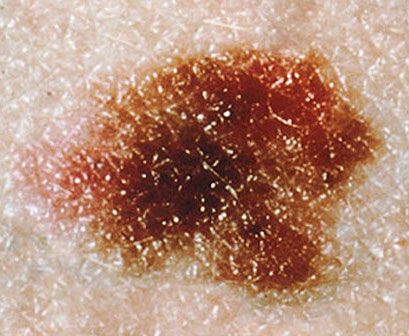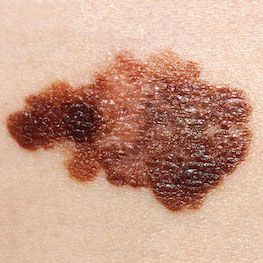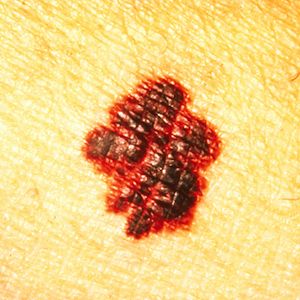The early signs of skin cancer will vary according to the type of cancer that is developing. The most important signs to watch for include:
- a change in the skin (a new lump or growth or a change in an old one)
- a sore that doesn’t heal
- a mole that is unusual, changing or growing
- a red or brown patch that’s rough and scaly
What's an ugly duckling?
An ugly duckling refers to a spot, mole, or bump on your skin that’s different from all the others. Many people have hundreds if not thousands of spots on their skin, but if one of these stands out because it’s different from all the others — the so-called ugly duckling — it’s important to have a doctor check it out.
What does skin cancer look like?
Basal cell and squamous cell cancer may appear as the following:
Cancerous moles
Melanoma is a type of skin cancer often associated with a mole, but it may also begin on previously clear skin. Most moles are harmless, but it’s important to know the characteristics that indicate a mole may be cancerous. Have a physician check any mole or spot that has one or more of the ABCDE characteristics.
The ABCDEs of melanoma
I tell people to also include F for funny or funky. This points to the “ugly duckling” type of spot or mole, the one that’s different from all the others on your skin.










